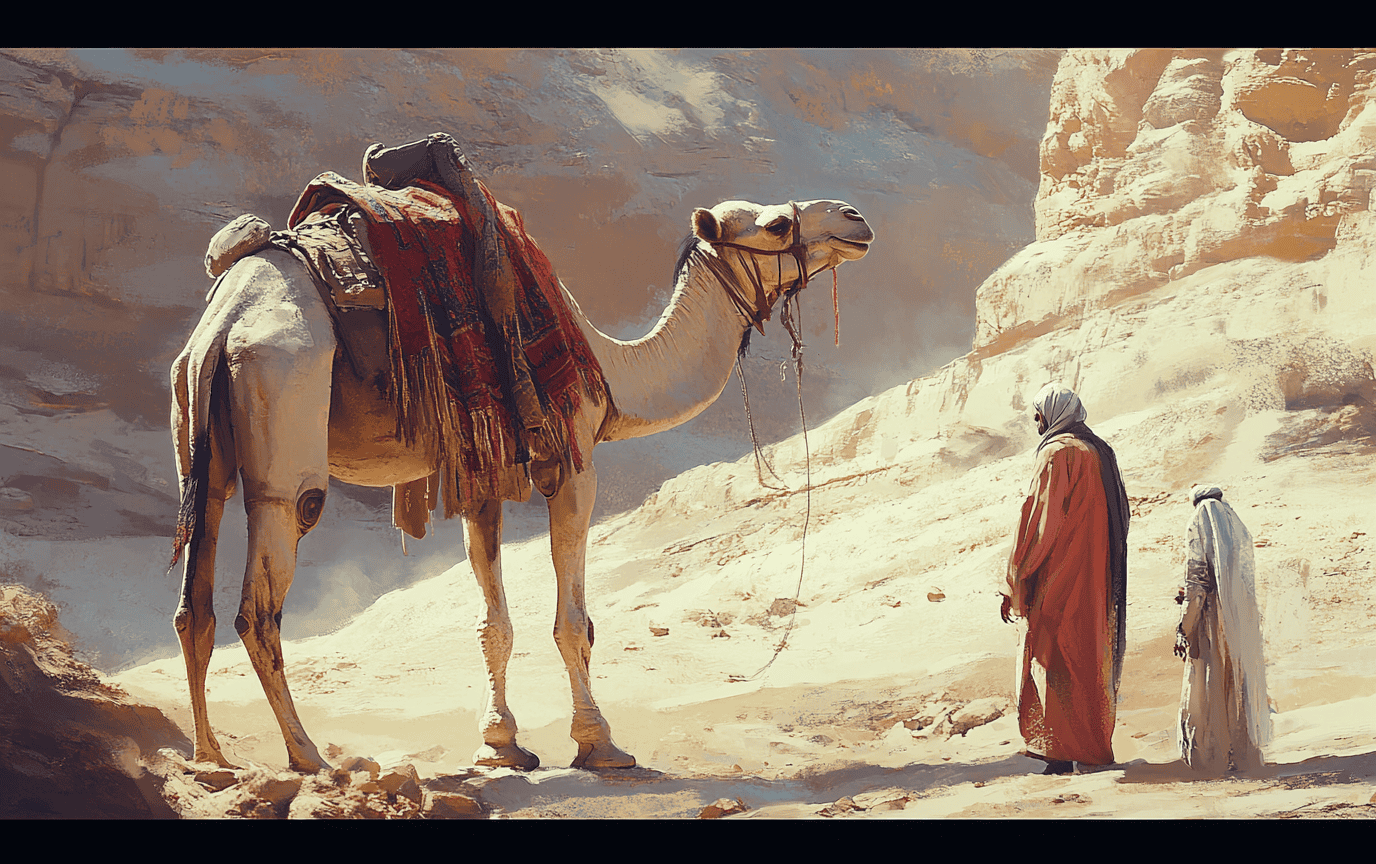Exploring the Culture of the Bedouin People in the Middle East
Travelers, gather around the campfire of history, where tales of the Bedouin people rise like the smoke of burning embers, illuminating the night sky with stories of resilience and hospitality. These “desert dwellers,” as they are often called, traverse the vast expanses of the Middle Eastern landscape, their spirits intertwined with the sands and stars that have long defined their existence. In a world teetering on the edge of modernity and tradition, the Bedouin symbolize an enduring connection to the past, their culture deeply rooted in nomadic life and rich desert traditions.
Imagine, if you will, the arid winds sweeping across golden dunes—a canvas of endless ripples. As twilight descends, the air grows cooler, and a ceremonial fire is lit, casting flickering shadows on intricate tents adorned with textiles that tell tales of family and belonging. Through the lens of the Bedouin culture, we shall embark on a journey—a deep dive into their history, customs, and the trials they face today.
Bedouin History and Origins
The Bedouins’ journey began on the sun-scorched Arabian Peninsula, where survival demanded intimate familiarity with the land. Evolving as expert herdsmen, they deftly managed the rhythms of their environment, herding camels, goats, and sheep, adapting alongside their charges. Over centuries, their migration led them into the fertile rounds of North Africa and the Levant, carving out crucial roles in trade networks like the Silk Road, which became threads in the larger tapestry of Arab culture and Islam.
“A world without boundaries,” an elder might say, “where only the stars guide a man home.” Such is the essence of the Bedouin spirit. Their tribal networks fostered trade, creating pathways across the desolate reaches, glimmers of connection in an often unforgiving land. Stories of great caravans and settled societies swirl through the air, illustrated not in history books but in the oral narratives that echo in the hearts of the Bedouin.
Nomadic Lifestyle and Traditions
In the story of the Bedouin, their nomadic lifestyle is paramount—a dance between tradition and necessity. Moving with the seasons, they follow the lush pastures for their livestock, their homes portable wonders crafted from goat or camel hair known as “beit al-sha’ar.” These tents, resilient yet delicate, provide a sanctuary from the intense desert sun and frigid nights.
As a traveler, you might don traditional attire that speaks of practicality intertwined with heritage: the flowing thobe and keffiyeh for men, the embroidered dresses and veils for women. Each stitch is a testimony to their vibrant culture, bridging generations. The attire itself becomes a storytelling medium, marking identity, social status, and pride.
“Stay close to the earth, and you’ll find truth,” a tribal elder might urge, reflecting a moment of profound wisdom. It’s in their daily rituals—from milking goats at dawn to gathering for evening tea—that you witness the essence of Bedouin hospitality come alive.
Bedouin Cuisine and Hospitality
A feast within the desert is not just about food; it is an experience steeped in tradition. The Bedouin diet, shaped by what the arid lands offer, stretches from rich dairy products to fruit like dates, leading to hearty dishes baked in the warmth of the sand. On special occasions, the aroma of roasted meat sends waves of comfort through the community, signaling celebration and togetherness.
Hospitality is a sacred tenet among the Bedouin. Guests are treated with utmost reverence, greeted with strong tea—often flavored with mint and cardamom—that warms the soul, a universal symbol of welcome. As they offer you a seat carved from the sands of time, you discover that the spirit of generosity runs deeper than mere custom; it reflects an intrinsic value that defines their very existence.
Travelers sharing stories, like pieces of a jigsaw, forge bonds that transcend language and culture, as laughter echoes across the dunes, illuminating the shared humanity beneath the stars.
Cultural Expressions: Poetry and Storytelling
In the soul of the Bedouin lies a tradition pulsating with rhythm and resonance: oral poetry, known as nabati poetry. This art form transcends mere words; it is a profound expression of identity, survival, and social cohesion—a lifeline amid the solitude of the desert.
The poetry reverberates through the campfires as stories of brave ancestors and tribal lore come alive. “A hero is not just made in battle,” a storied poet might recite, “but in the tales rewriting with every sunset.” This is where the past and present entwine, woven into the fabric of communal gatherings, celebrating resilience amidst adversity.
These gatherings celebrate the Bedouins’ bond with nature, where music becomes the heartbeat of their society. The songs carry with them the struggles and triumphs of survival—notes that dance with the winds, filling the air with their dreams.
Modern Challenges and Adaptations
Yet, amid the beauty of tradition lies a thread of tension. Many Bedouins have seen their ancient nomadic lifestyles diminished under modern pressures. As urban life beckons with promises of comfort and stability, the bleak reality of land rights and governmental policies often paints a grim picture, favoring those in settlements over their wandering kin.
Still, hope glimmers in their resilience. “We carry our culture with us, wherever we roam,” states a young Bedouin, embodying the new generation’s spirit. Many have embraced the modern world while striving to preserve their unique traditions, establishing camps for tourism that merge pride in their heritage with economic necessity.
The Bedouin narrative, though marked by struggle, is imbued with optimism and adaptability, illustrating their resolve to thrive in a changing world while holding fast to their roots.
Conclusion
The journey into Bedouin culture reveals a world vast and intricate, woven with tales of hospitality, nomadic tradition, and an unyielding spirit. As the traveler rests beneath the stars, warmed by the flicker of a campfire, they share in the ancient stories that bind the Bedouin people to the rolling sands of time. Their culture is a tapestry rich in colors that speak of heritage and heart—each thread a testament to resilience, reminding us of our own journeys and shared humanity.
The Bedouin people, resilient and generous, stand as custodians of heritage in a landscape that yearns for connection. For every traveler who seeks to engage with their culture, the lessons of warmth, survival, and community echo far beyond the desert—they resonate within us all.
Interested in more insightful reads? Check out our Travel Tips section for the latest advice. For lifestyle inspiration, explore our Lifestyle category, and dive into amazing destinations at Destinations. Don’t forget to connect with us on YouTube, or follow our adventures on Instagram and Pinterest.













